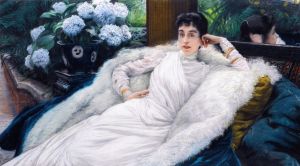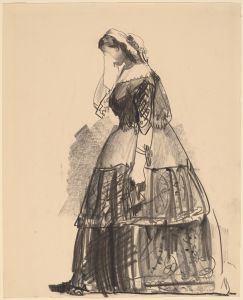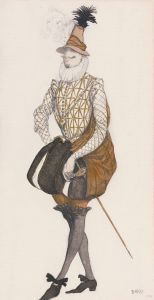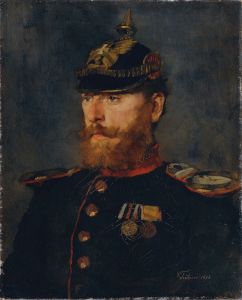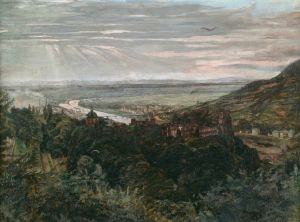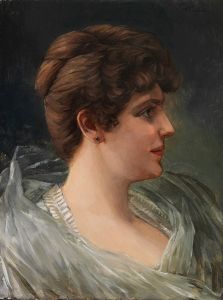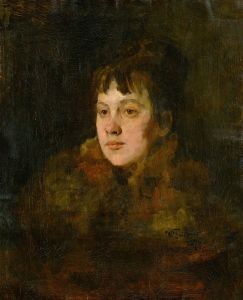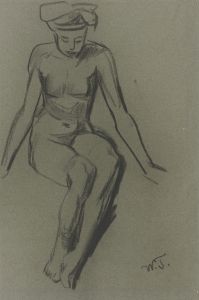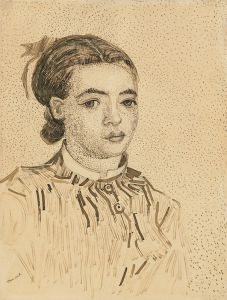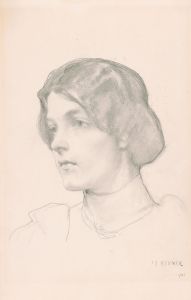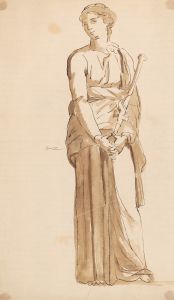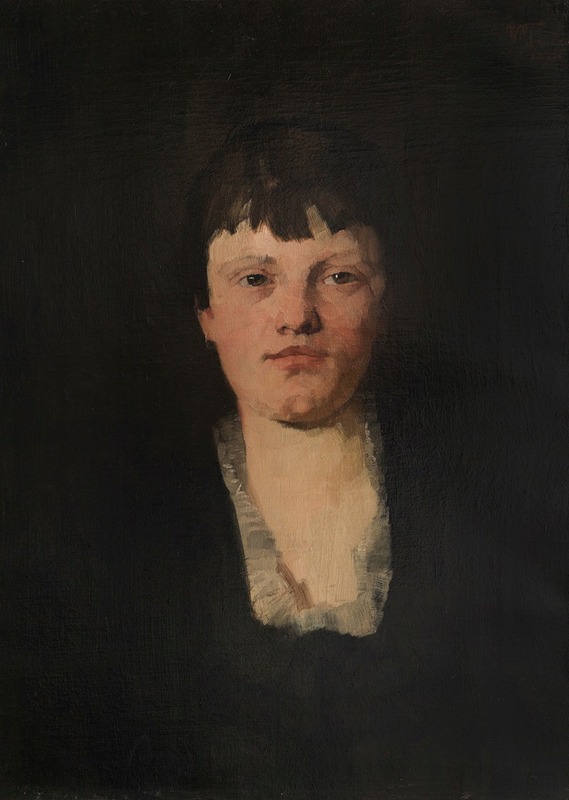
Mädchen mit viereckigem Halsausschnitt
A hand-painted replica of Wilhelm Trübner’s masterpiece Mädchen mit viereckigem Halsausschnitt, meticulously crafted by professional artists to capture the true essence of the original. Each piece is created with museum-quality canvas and rare mineral pigments, carefully painted by experienced artists with delicate brushstrokes and rich, layered colors to perfectly recreate the texture of the original artwork. Unlike machine-printed reproductions, this hand-painted version brings the painting to life, infused with the artist’s emotions and skill in every stroke. Whether for personal collection or home decoration, it instantly elevates the artistic atmosphere of any space.
Wilhelm Trübner was a German painter associated with the Realist movement, known for his keen observation and detailed portrayal of everyday life. One of his works, "Mädchen mit viereckigem Halsausschnitt" (translated as "Girl with a Square Neckline"), exemplifies his skill in capturing the subtleties of human expression and attire.
Trübner was born on February 3, 1851, in Heidelberg, Germany. He initially studied under the guidance of notable artists such as Hans Canon and Wilhelm von Diez, which helped him develop a strong foundation in the techniques of realism. Trübner's work was influenced by the broader European Realist movement, which sought to depict subjects truthfully, without idealization, focusing on ordinary people and everyday scenes.
"Mädchen mit viereckigem Halsausschnitt" is a portrait that reflects Trübner's commitment to realism and his ability to convey the personality and mood of his subjects. The painting features a young girl, whose attire is characterized by a distinctive square neckline, a detail that not only gives the painting its name but also highlights Trübner's attention to fashion and the nuances of clothing. The square neckline, a popular style during certain periods, is rendered with precision, showcasing the texture and fall of the fabric.
The girl's expression is serene yet introspective, a common trait in Trübner's portraits, where he often captured the inner life of his subjects. The use of light and shadow in the painting is subtle, enhancing the three-dimensionality of the figure and adding depth to the composition. Trübner's palette is typically restrained, focusing on earthy tones and muted colors, which serve to emphasize the realism of the scene and the natural beauty of the subject.
Trübner's work, including "Mädchen mit viereckigem Halsausschnitt," is often noted for its technical proficiency and the artist's ability to imbue his subjects with a sense of dignity and presence. His portraits are not just representations of individuals but are also studies in character and emotion, capturing fleeting moments of thought and feeling.
Throughout his career, Trübner was associated with various artistic circles and movements. He was part of the Munich Secession, a group of artists who broke away from traditional academic art institutions to pursue more modern and progressive approaches to art. This affiliation reflects Trübner's willingness to explore new ideas and techniques, even as he remained committed to the principles of realism.
Trübner's contributions to art were recognized during his lifetime, and he held several teaching positions, influencing a new generation of artists. His works are held in various collections and continue to be studied for their artistic merit and historical significance.
"Mädchen mit viereckigem Halsausschnitt" remains a testament to Wilhelm Trübner's skill as a portraitist and his dedication to capturing the essence of his subjects. The painting is a fine example of 19th-century German realism, showcasing the artist's ability to blend technical skill with a deep understanding of human nature.





